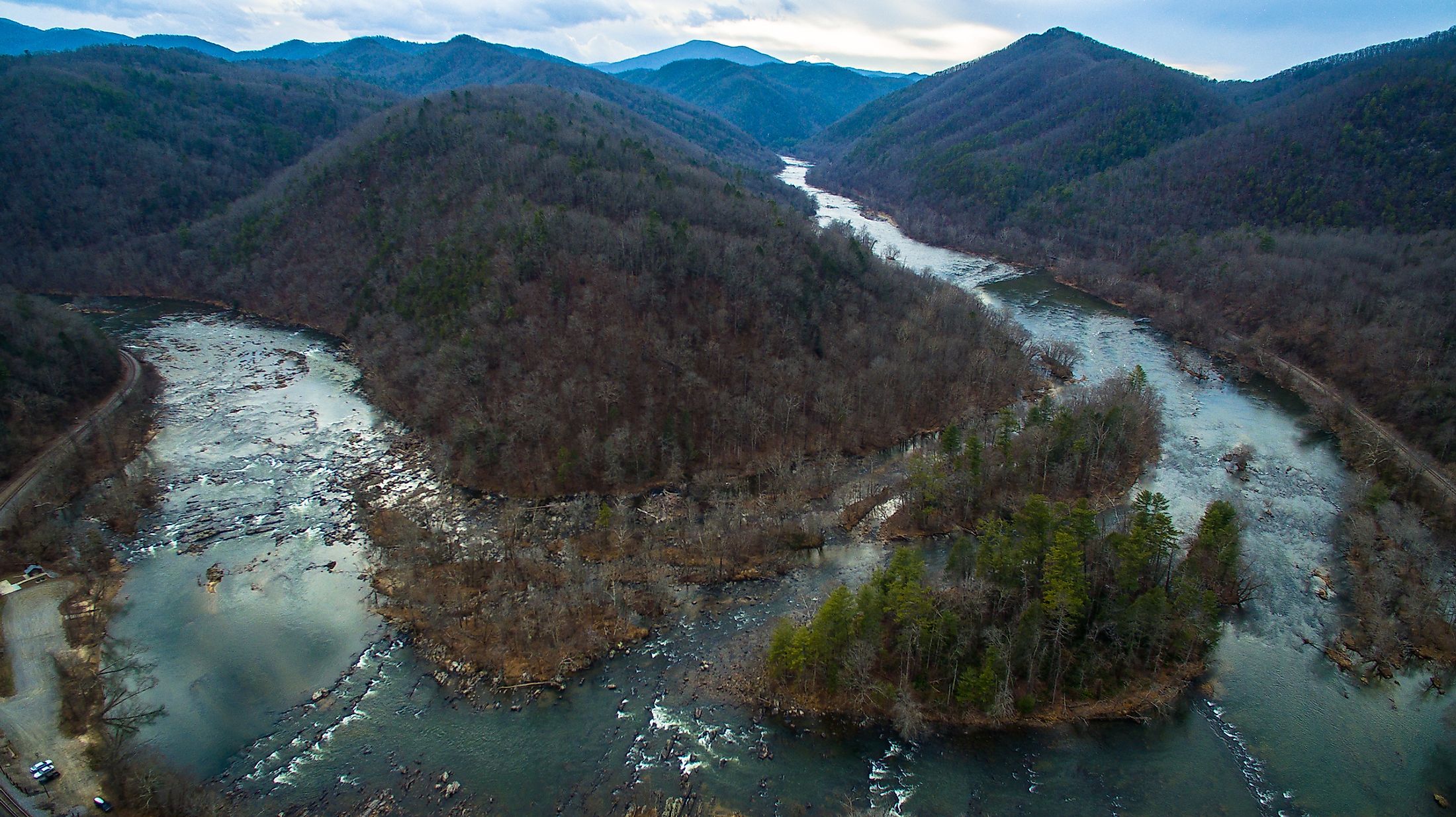
French Broad River
French Broad River is a tributary of the Tennessee River that rises in the Blue Ridge Mountains close to the town of Rosman in Transylvania County in North Carolina, United States. The river flows for 351km to the city of Knoxville, in the State of Tennessee, where it joins with the Holston River at the starting point of the Tennessee River.
Geography
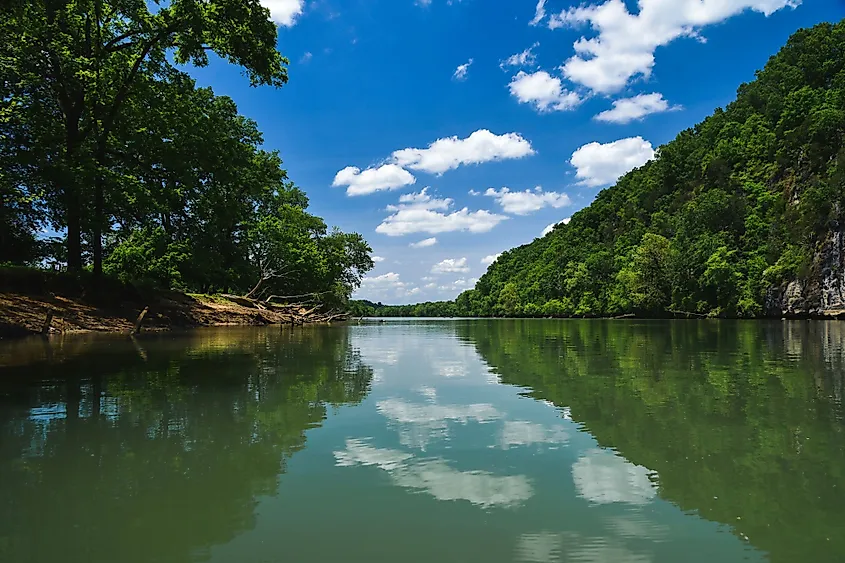
The headwaters of the French Broad River are located close to the town of Rosman in Transylvania County, in the State of North Carolina, just to the northwest of the Eastern Continental Divide. The headwaters spill from the Courthouse Falls and feeds into a creek that forms the North Fork. The North Fork is joined by the West Fork in the western part of the town of Rosman, while in the town’s southern part it is joined by the Middle and the East Forks to form the mainstream of the French Broad River.
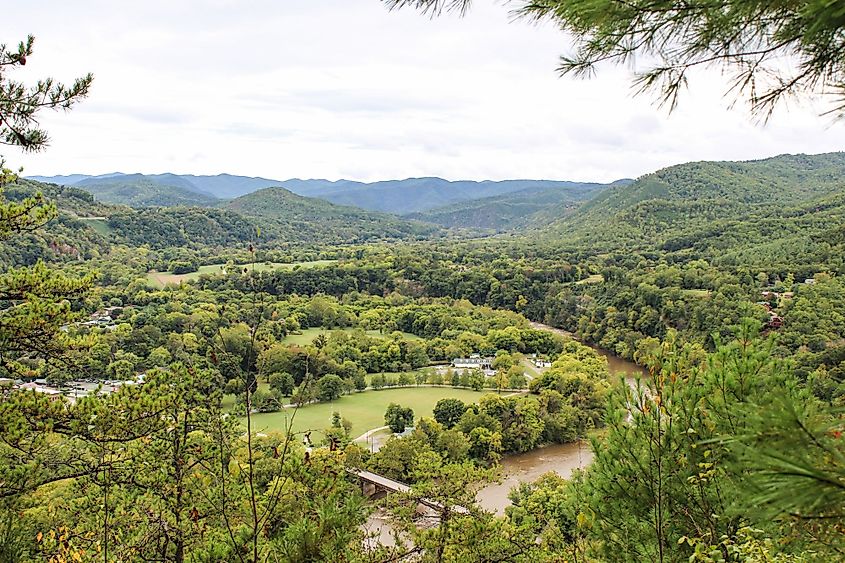
The French Broad River then flows in the northeast direction through the Appalachian Mountains into Henderson County. From there, the river turns in the northwest and flows through the Buncombe and Madison counties. The French Broad River then flows through the city of Asheville, where it receives the waters of the Swannanoa River. The river continues in the northward direction and after passing through the town of Hot Springs in the Bald Mountains, it enters Cocke County in the State of Tennessee. The French Broad River then proceeds westwards for 164km to the city of Knoxville, where it joins the Holston River at the starting point of the Tennessee River.
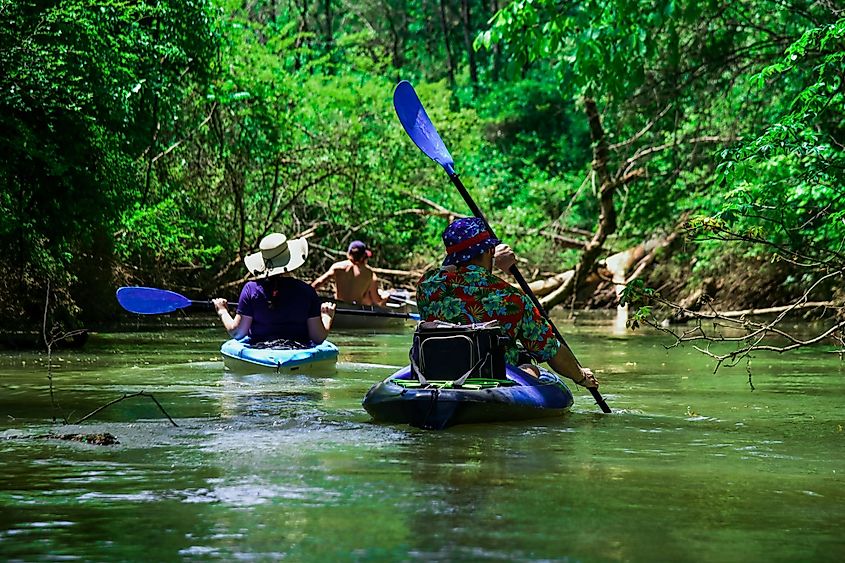
Some of the major tributaries of the French Broad River include the Davidson River, Nolichucky River, Pigeon River, Mills River, Swannanoa River, etc. The French Broad River drains large parts of the Cherokee National Forest and the Pisgah National Forest. The river discharges an average of 223.1 cubic meters per second into the Tennessee River. The drainage basin of the French Broad River covers an area of 13,270 sq. km. The French Broad River currently offers many recreational activities like tubing, fishing, kayaking, and paddleboarding.
Ecology
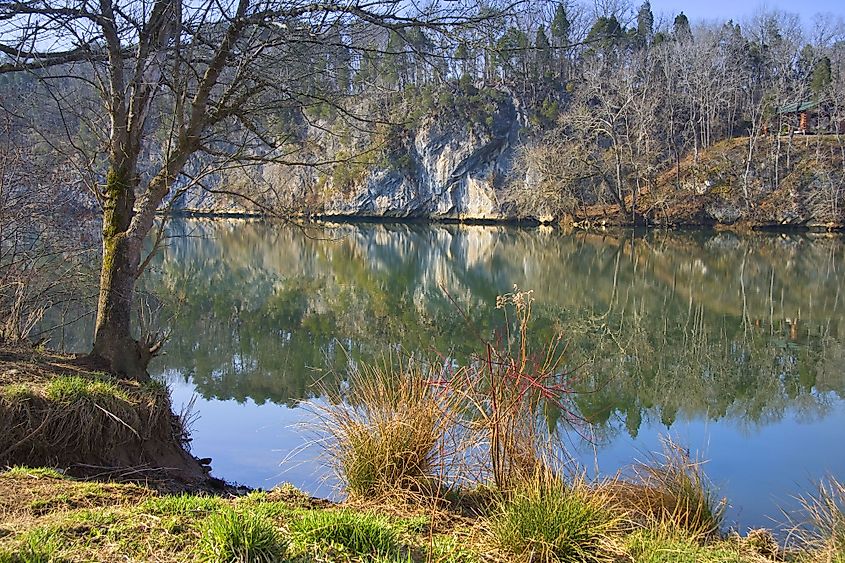
The French Broad River passes through several wilderness areas. Some of the notable animals that are found along the shores of the river include beavers, black bears, salamanders, river otters, turtles, etc. The tributaries of the French Broad River support many fishes like trout, crappies, bass, bluegill, etc. Some rare mussel species including the endangered Appalachian elktoe mussel are also found in the French Broad River.
Brief History
The indigenous Cherokee people who inhabited the shores of the river before the arrival of the Europeans referred to the river by various names such as Agiqua, Poelico, Tahkeeosteh, Zillicoah, etc. The river was later renamed as “French Broad River” to distinguish the river from the other Broad River in Western North Carolina and also because the territory through which the river flowed was under French occupation. Geologists believe that the French Broad River is one of the oldest rivers in the world. At the beginning of the 20th century, the river served as an industrial and trading hub. In 1916, the river experienced a massive flood. In the 1940s, the Tennessee Valley Authority constructed the Douglas Dam on the lower French Broad River to control the floods and for the generation of hydroelectric power. The North Carolina General Assembly established a 188km long blueway and paddle trail known as the “French Broad River State Trail” in 1987. Portions of the river are protected by the states of Tennessee and North Carolina. The part of the French Broad River in Tennessee was designated as a “State Scenic River” in 1968.











